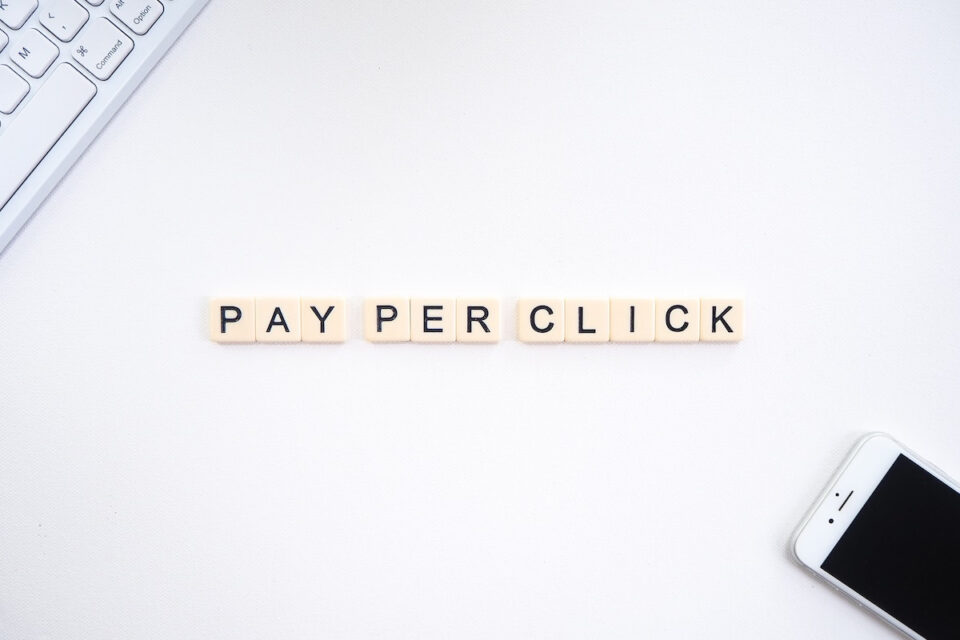Articles
Articles About Branding
Here are the most recent articles for the Branding category:

How to Develop Your Brand’s Vision Statement
Author: Jason Fisher
After forming your mission statement, the next foundational step in bringing your brand identity to life is working on your…

How to Develop Your Brand’s Mission Statement
Author: Jason Fisher
A foundational step in defining your brand identity is working on your mission statement. What Is A Company’s Mission Statement?…

How to Create Your Brand Identity
Author: Jason Fisher
If you’re a small business, this is the exact framework, step-by-step, to creating your brand identity. Step 1: Define Your…
Articles About Content Marketing
Here are the most recent articles for the Content Marketing category:

Does My Website Need A Blog?
Author: Jason Fisher
Blogs take time and can cost money. However, the upside is blogs can bring in traffic and new customers. Blogs…

What is Content Marketing?
Author: Paul Moyer
Content marketing is a long term marketing strategy focused on providing valuable and relevant information to your target users. This…
Articles About Google My Business
Here are the most recent articles for the Google My Business category:

The Importance and Power of Google Reviews
Author: Paul Moyer
Google reviews aren’t just stars next to your business name, they’re the heartbeat of your online reputation and a powerhouse…

How to Add FAQs to a GMB Profile
Author: Paul Moyer
There are questions every business gets asked repeatedly. Most business owners know the drill and even get a good chuckle…

How Do I Set Up a Multi-Location Google Business Profile?
Author: Jason Fisher
Not every business has just one storefront, and these businesses need to make sure each of their business locations is…

How Do I Set Up My Google Business Profile?
Author: Paul Moyer
Google Business Profile (GBP), formerly Google My Business (GMB), has become the online front door of local businesses. People are…

What is Google Business Profile, formerly Google My Business?
Author: Jason Fisher
Google Business Profile, or GBP, is one of Google’s tools to help a small business manage their online presence in…
Articles About Pay Per Click
Here are the most recent articles for the Pay Per Click category:

What is Pay Per Click (PPC)?
Author: Jason Fisher
PPC, or pay-per-click, advertising can be thought of as similar to traditional offline advertising in some ways, similar to radio,…
Articles About SEO
Here are the most recent articles for the SEO category:

What is Off-Page SEO?
Author: Jason Fisher
When we refer to off-page SEO, we are referring to the things done apart from one’s website which are used…

What is Google Analytics?
Author: Paul Moyer
Google Analytics is a free tool offered by Google to help you monitor and improve your website through data. Google…

What is Keyword Research for SEO?
Author: Jason Fisher
Keywords are words or phrases, also known as queries, a search engine receives from its users who are looking for…

What Is On-Page SEO?
Author: Jason Fisher
On-page SEO focuses on a website’s technical and user experience to increase its rankings in Google. Less than 1% of…

What Are Local Citations?
Author: Paul Moyer
A local citation is an online mention of your business that typically includes your business name, address, and phone number.…

What is Local SEO?
Author: Mark Asbell
Did you know there are billions of online searches happening every day, and almost half of them are looking for…
Articles About Social Media Marketing
Here are the most recent articles for the Social Media Marketing category:

What is Social Media Marketing?
Author: Jason Fisher
Social media marketing is making use of social media platforms to build a brand, increase sales, and drive website traffic.…